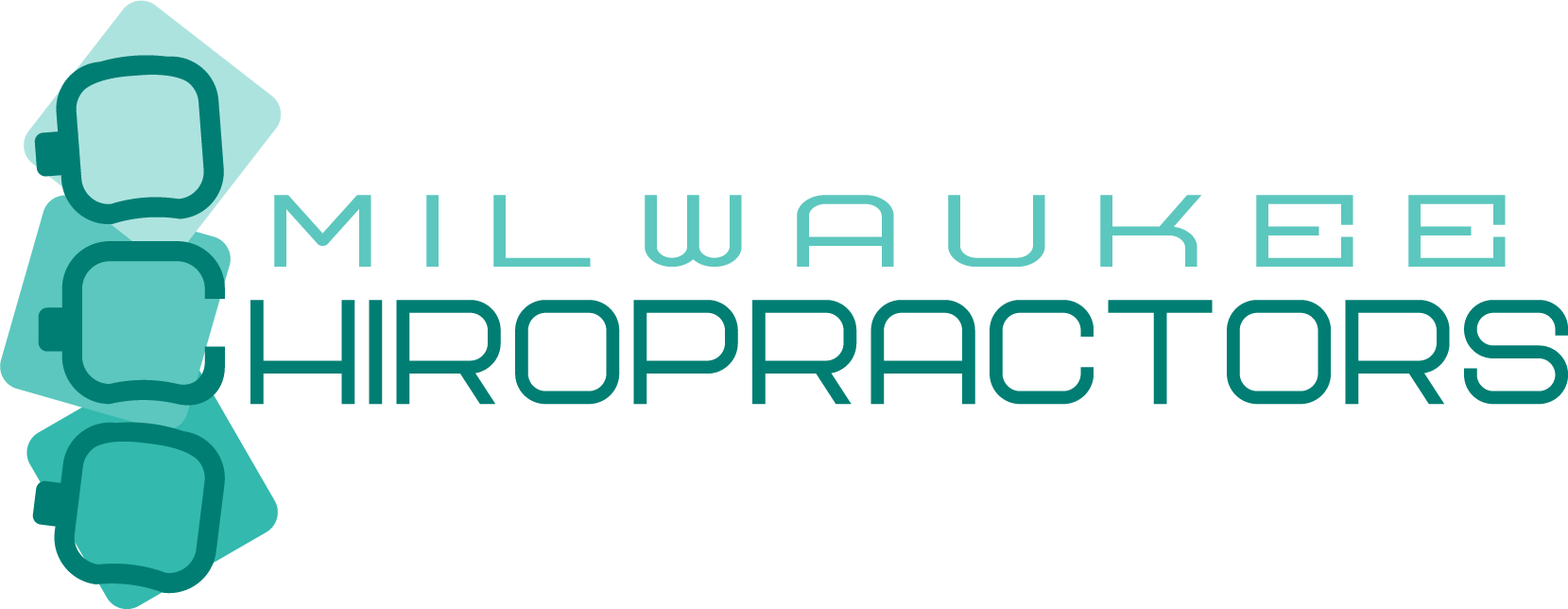
Tech Neck Alert
Photo by Daria Nepriakhina 🇺🇦 on Unsplash
Chiropractic Solutions Tackle Digital Age Struggles
In today’s fast-paced digital world, many individuals are experiencing a common issue known as “Tech Neck.” This condition arises from the prolonged use of electronic devices, such as smartphones, tablets, and computers, which often results in poor posture, muscle strain, and discomfort in the neck and shoulders. As people continue to spend countless hours hunched over screens, the problem of Tech Neck has become increasingly prevalent and demands effective solutions.
Chiropractic care offers a range of solutions to alleviate the discomfort and potential long-term damage associated with Tech Neck. By realigning the spine, relieving muscle tension, and promoting better posture, chiropractors can help individuals find relief from this modern-day affliction. Through targeted adjustments, chiropractors address the root cause of the issue, making it a viable option for those seeking long-lasting results.
Additionally, chiropractic care can also provide valuable guidance on ergonomic practices, stretches, and strengthening exercises to help prevent the onset of Tech Neck. By incorporating these strategies into their daily routines, individuals can optimize their posture, build strength, and protect their neck and spine while embracing the digital age.
Understanding Tech Neck
Digital Age Dilemmas
In today’s world, the use of digital devices, such as mobile phones, laptops, and tablets, has become an integral part of our daily lives. However, this constant interaction with electronic devices has led to a common issue known as tech neck. Tech neck is a condition resulting from poor posture while using digital devices, which can lead to neck pain, stiffness, and headaches.
The main cause of tech neck is the unnatural downward angle that people adopt while using their cellphones or other devices, putting strain on the cervical spine. Prolonged periods in this position can contribute to a number of problems, including poor posture and discomfort in the neck and shoulders.
Symptoms and Signs
There are several symptoms and signs related to tech neck. These can include:
Neck pain and stiffness: Persistent discomfort in the neck is a primary indicator of tech neck. The unnatural angle while using digital devices can cause muscles and ligaments to become strained.
Headaches: The tension in neck muscles can lead to headaches, which may be exacerbated by eye strain from staring at screens for extended periods.
Posture problems: Over time, the habit of hunching over devices can result in poor posture, with shoulders curving forward and the head hanging low.
Eye strain: Prolonged exposure to screens can cause discomfort in the eyes, contributing to the overall effects of tech neck.
In order to counteract the negative effects of tech neck, it’s important to be aware of the symptoms and take preventative measures, such as adjusting the angle of your device, taking regular breaks, following proper ergonomics guidelines, and incorporating relevant exercises to strengthen the neck and upper back muscles. Developing these healthy habits can help mitigate the impact of tech neck in the digital age.
The Implications of Tech Neck
Neck and Shoulder Impacts
Tech Neck, a modern-day condition caused by constantly looking down at digital devices, can lead to a variety of health issues. One of the primary implications is the strain it places on the neck and shoulders. Prolonged periods of device usage can cause muscle tension, inflammation, and shoulder pain. The strain on the muscles can also impact the cervical spine, potentially contributing to reduced mobility and other spinal problems.
Proper posture plays a crucial role in maintaining neck and shoulder health. Weakening of the muscles due to poor posture can lead to upper back pain, numbness, and tingling sensations in the arms and hands. It is important to take periodic breaks from device usage to relieve tension and exercise the neck and shoulders. Staying mindful of posture and adjusting the device angle can also help minimize the risk of developing Tech Neck.
Spinal Health Considerations
Spinal health is greatly impacted by Tech Neck. The unnatural angle of the cervical spine caused by extended periods of looking down at a device can contribute to spinal problems like degenerative arthritis, herniated discs, and bone spurs. As muscles and joints grow weaker or develop inflammation, spinal health deteriorates, causing further issues with mobility and discomfort.
Muscles play a vital role in maintaining a healthy spine. When they grow weak due to Tech Neck, the risk of musculoskeletal issues increases. Nutrition is another important factor in spinal health. A balanced diet rich in essential nutrients can support the well-being of muscles, bones, and connective tissues, helping prevent or alleviate the symptoms of Tech Neck.
Ultimately, the implications of Tech Neck highlight the importance of maintaining proper posture and understanding the potential risks associated with digital device usage. By being aware of these risks and taking preventive measures, individuals can maintain their spinal health and mobility in the age of technology.
Preventive Measures for Tech Neck
Improved Posture
Poor posture is a major contributor to tech neck. To prevent it, it’s crucial to improve your posture by maintaining a neutral spine position. Keep your head up and your chin slightly tucked in, with shoulders pulled back. When sitting, engage in healthy sitting positions by distributing weight evenly on both hips and using lumbar support to maintain the natural curve of the lower back. Practicing mindfulness can help in cultivating a habit of proper posture throughout the day.
Regular Breaks and Exercises
Taking frequent breaks and engaging in regular exercises can help in preventing tech neck. During breaks, try stretches like gently tilting your head from side to side and up and down, and doing chin tucks to release muscle tension. Incorporate neck exercises into your daily routine to build strength and flexibility in the surrounding muscles. This could include activities like arching and stretching the neck and upper back to relieve muscle pain.
Ergonomic Adjustments
Ergonomics plays a significant role in preventing tech neck. Ensure that your workspace promotes good posture and minimizes strain on the neck and upper back. Position screens at eye level to avoid hunching over or craning the neck. If possible, consider using a standing desk or an adjustable chair with proper lumbar support. By making simple ergonomic adjustments, you can reduce the risk of developing tech neck and promote overall spine health.
[embedded content]
Chiropractic Solutions
In the digital age, tech neck has become a prevalent issue for many individuals spending extended periods in front of screens. To address this modern-day dilemma, chiropractic solutions have emerged, offering a range of treatments to help alleviate discomfort and improve posture.
Chiropractic Adjustments
Chiropractic care aims to realign the spine, relieve muscle tension, and improve posture as a means of reducing pain associated with tech neck. Expert chiropractors employ advanced techniques to assess and address any misalignment in the spine, promoting healing and the restoration of the spine’s natural curve.
Physical Therapy
Apart from chiropractic adjustments, physical therapy plays a vital role in combatting tech neck. A physical therapist or a chiropractor specializing in physical therapy can recommend specific strengthening exercises targeting the affected areas. These exercises help restore spine alignment, improve muscle strength, and facilitate better posture to prevent tech neck-related pain.
Additional Treatments
For more comprehensive care, additional treatments may be employed alongside chiropractic and physical therapy interventions. These can include:
Massage: A specialist in trigger point or other massage techniques can help to release muscle tension and ease discomfort associated with tech neck.
Steroid Injections and Nerve Blocks: In some cases, minimally invasive techniques such as steroid injections or nerve blocks may be administered to address persistent pain or inflammation.
Radiofrequency Ablation: This advanced treatment uses radio waves to heat and deaden the nerves responsible for transmitting pain signals to the brain, providing relief for chronic pain sufferers.
Sleep and Posture: Ensuring proper sleep and paying attention to one’s posture while using digital devices can prevent strain on the neck muscles, reducing discomfort and aiding recovery.
It is crucial to consult with a primary care provider or a chiropractic care expert to determine which combination of treatments will be most effective in managing tech neck. By adopting these interventions and engaging in a proactive approach to addressing the issue, it is possible to minimize the impact of tech neck on one’s overall quality of life.
Conclusion
The digital age has undoubtedly brought many conveniences and advancements to our lives, but it has also introduced new challenges to our well-being, such as Tech Neck. This condition, which results from the constant forward slumping and dropping of the neck due to extended use of digital devices, can cause discomfort and long-term issues if not addressed early on.
Chiropractic care can provide effective solutions for those suffering from Tech Neck. By focusing on realigning the spine and improving posture, chiropractic adjustments can alleviate the pain and discomfort caused by this condition. Moreover, chiropractors can offer guidance on ergonomic tips and stretches to help prevent future occurrences of Tech Neck.
Maintaining strong and flexible muscles is one of the keys to preventing Tech Neck. Engaging in simple exercises designed to reverse the negative effects of this condition can build strength in the neck and shoulder areas, thereby reducing the likelihood of developing Tech Neck. By incorporating these exercises into daily routines, individuals can promote better posture and overall well-being.
In summary, Tech Neck is a concerning issue that arises due to the increasing use of digital devices. Through chiropractic care, targeted exercises, and adherence to ergonomic principles, individuals can effectively address and prevent this condition, thus ensuring better comfort and well-being in the digital age.


